Your location:Home >Automotive News >
Time:2022-06-16 11:52:11Source:
According to foreign media reports, South Korea's Hyundai Motor Group and a research team at the National Ulsan Institute of Science and Technology (UNIST) have reached a cooperation to develop a new type of perovskite solar cell that can efficiently charge vehicles in the sun.The new technology, which will be applied to the roof of the car with solar panels, is expected to use renewable energy to recharge the car battery.

(Image credit: Hyundai)
In perovskite solar cells, perovskite structure compounds are used as active light absorbing layers.Perovskite solar cells absorb the full visible solar spectrum through ultrathin films, resulting in low-cost, high-efficiency, thin and flexible modules.Unlike silicon solar cells, which have limited installation locations, perovskite solar cells can be installed on building exterior walls or vehicle sunroofs.
Hyundai has introduced roofs with silicon solar panels, but their adoption has been slow without improvements in weight and efficiency.Silicon solar panels are safe and inexpensive, but they are heavy and have technical limitations in improving efficiency.
Recently, UNIST and Hyundai established a joint laboratory with the aim of developing high-efficiency, large-area perovskite-silicon tandem cells and applying them to solar roofs.The joint laboratory will operate for three years until May 2025.
The team hopes to make perovskite-type silicon tandem cells with "world-leading efficiency.""Mobile solar cells per unit area should be lightweight and efficient," said Seok Sang-il, a professor of energy and chemical engineering at UNIST.
For a long time, major Korean companies and researchers have been working on developing new technologies, such as coating perovskite on silicon-based solar cells to form an ideal tandem cell structure.Tandem solar cells are simpler to make and can be individual cells or connected in series, but the current through each cell is the same.
In October 2021, the research team led by Seok reduced interfacial defects by forming a coherent interfacial layer between the electron transport layer and the perovskite layer, enabling the power conversion efficiency of perovskite solar cells to reach a new record of 25.8%, for It has laid the foundation for its commercialization.
Statement: the article only represents the views of the original author and does not represent the position of this website; If there is infringement or violation, you can directly feed back to this website, and we will modify or delete it.
Preferredproduct
Picture and textrecommendation

2022-06-16 11:52:11
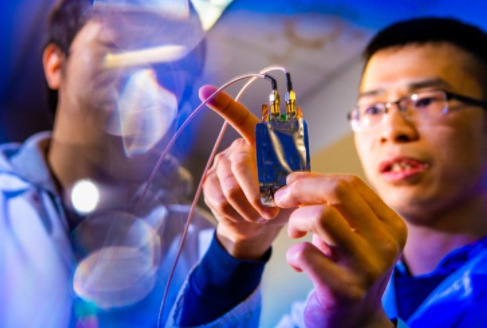
2022-06-16 11:51:17
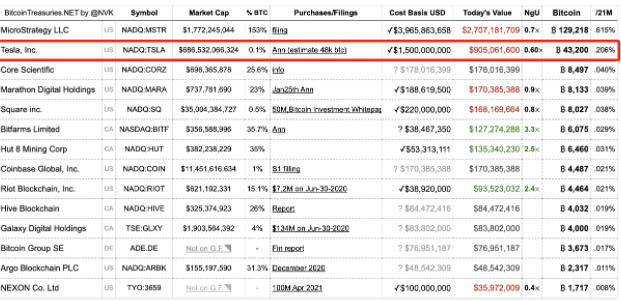
2022-06-16 11:50:41
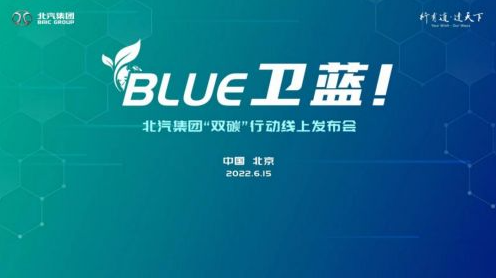
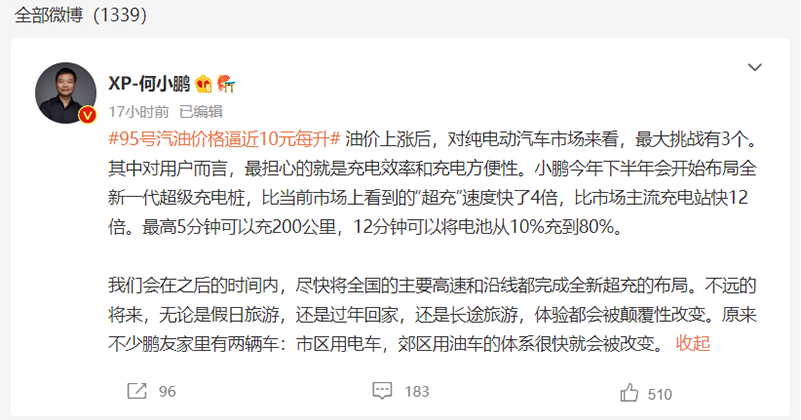

2022-06-16 11:48:56
Hot spotsranking
Wonderfularticles

2022-06-16 11:48:13
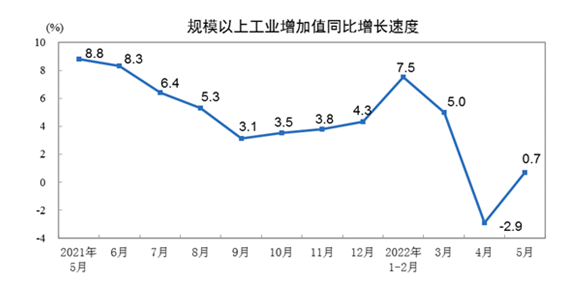
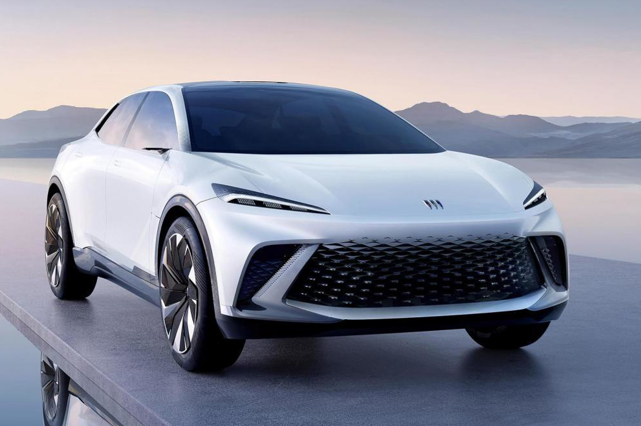
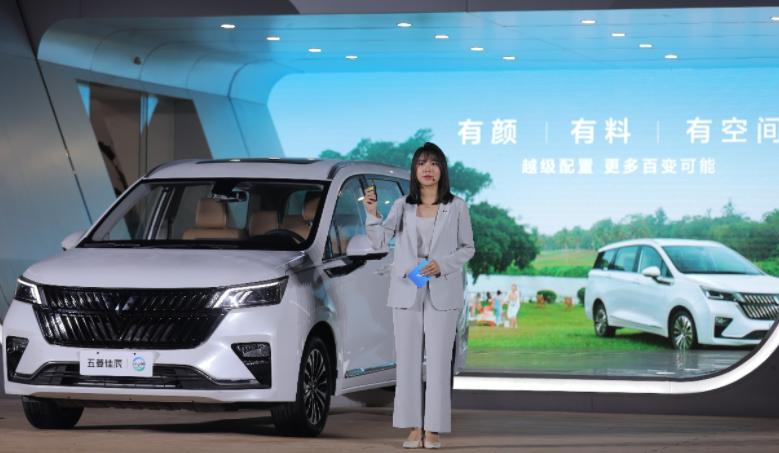
2022-06-16 11:45:27
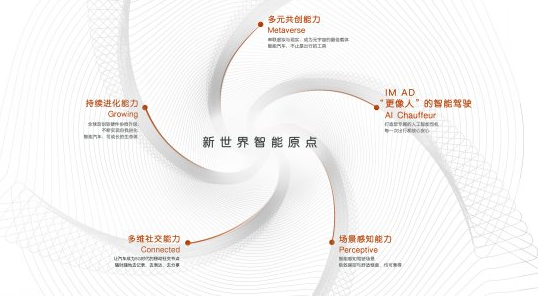
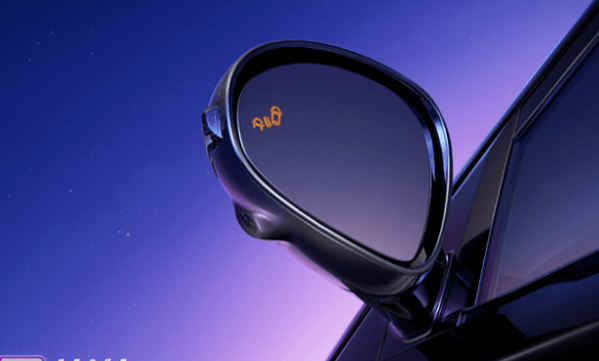
Popularrecommendations
